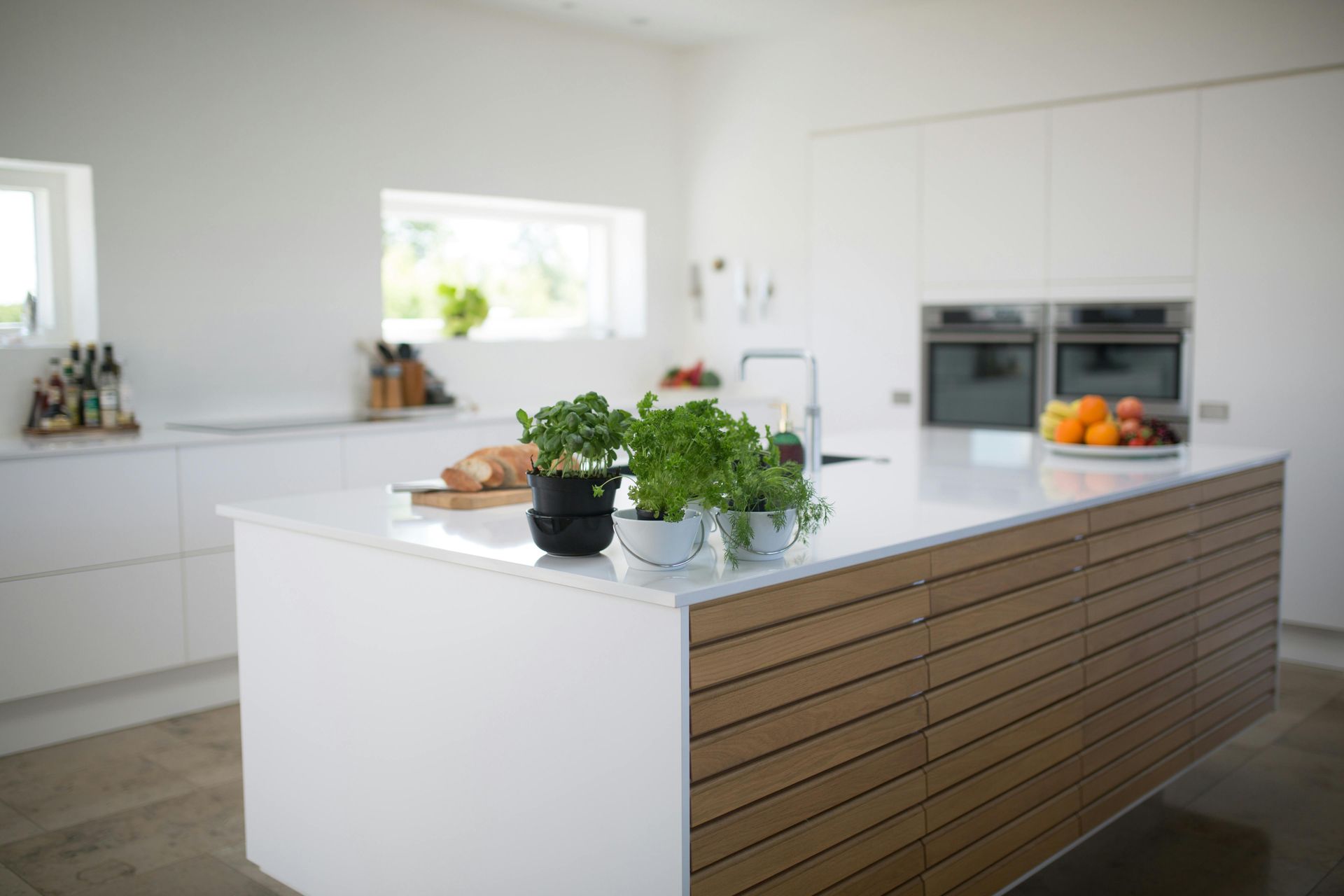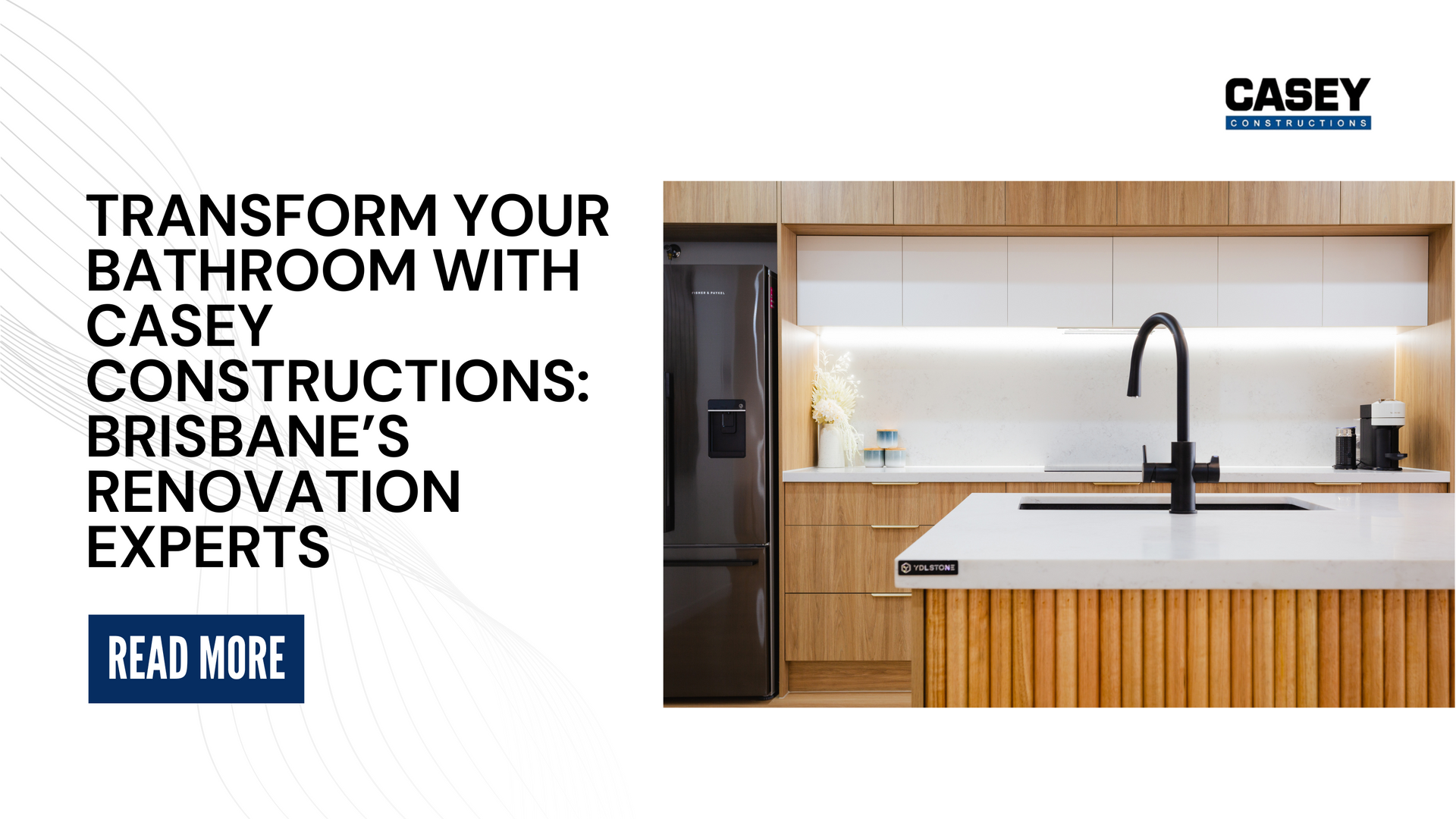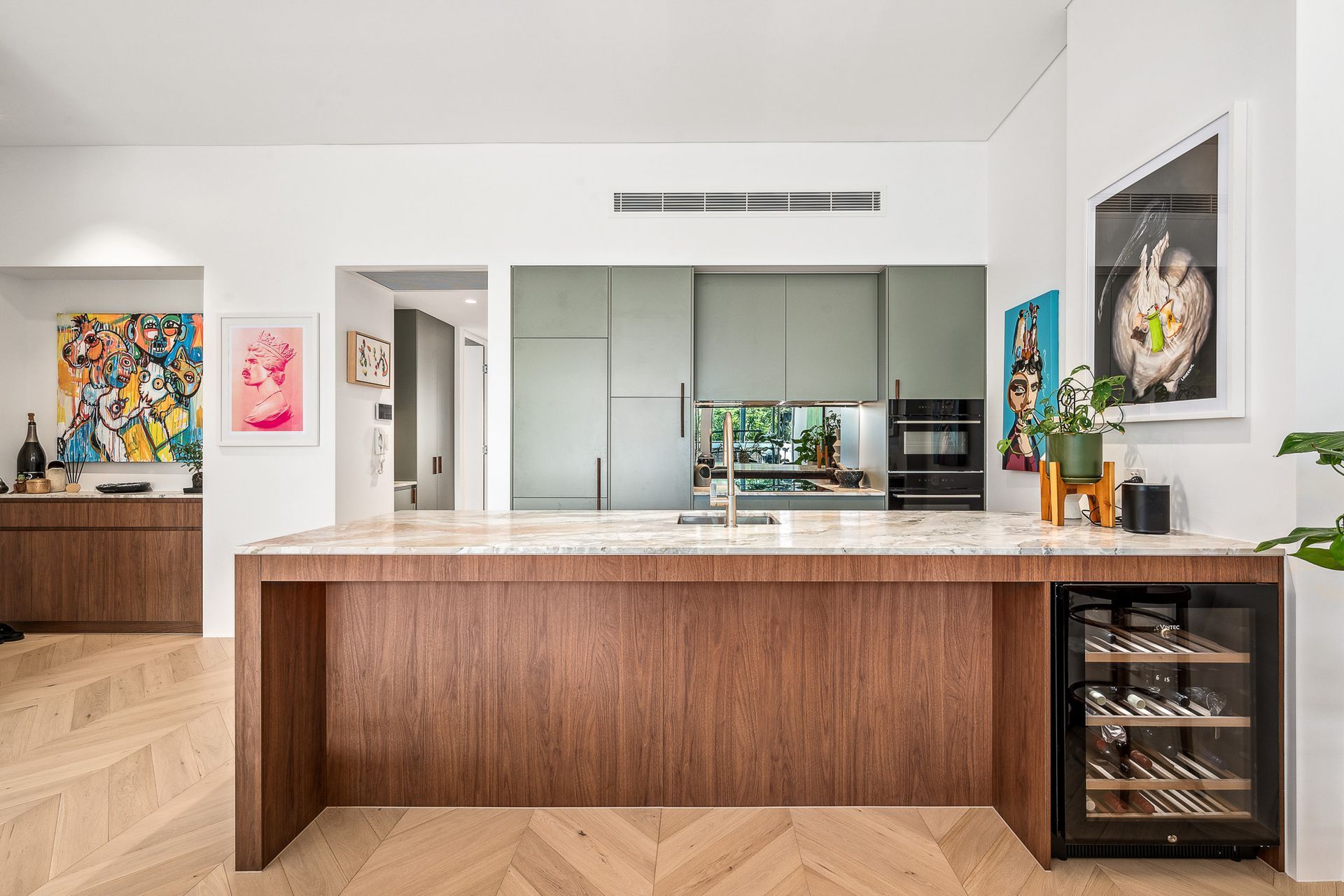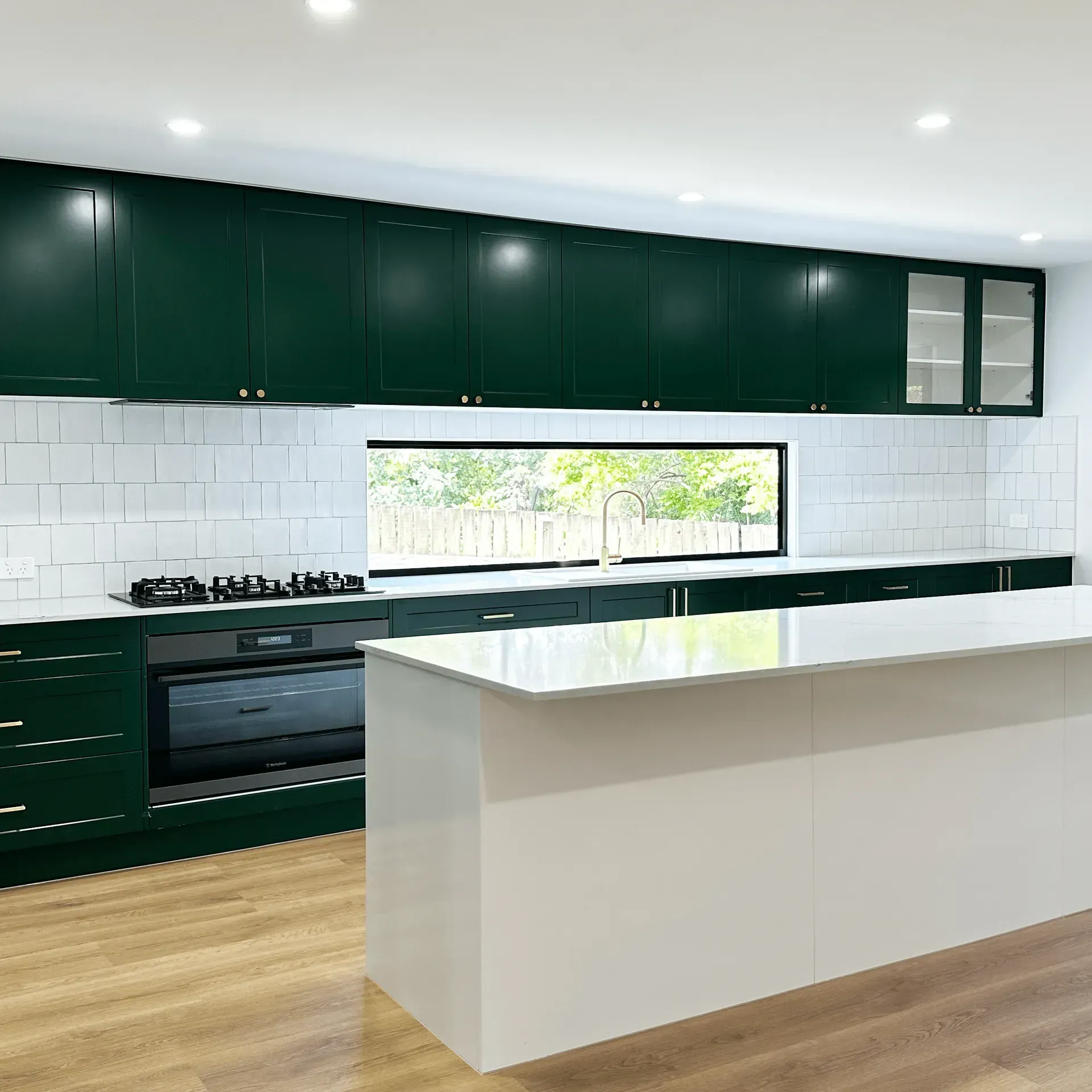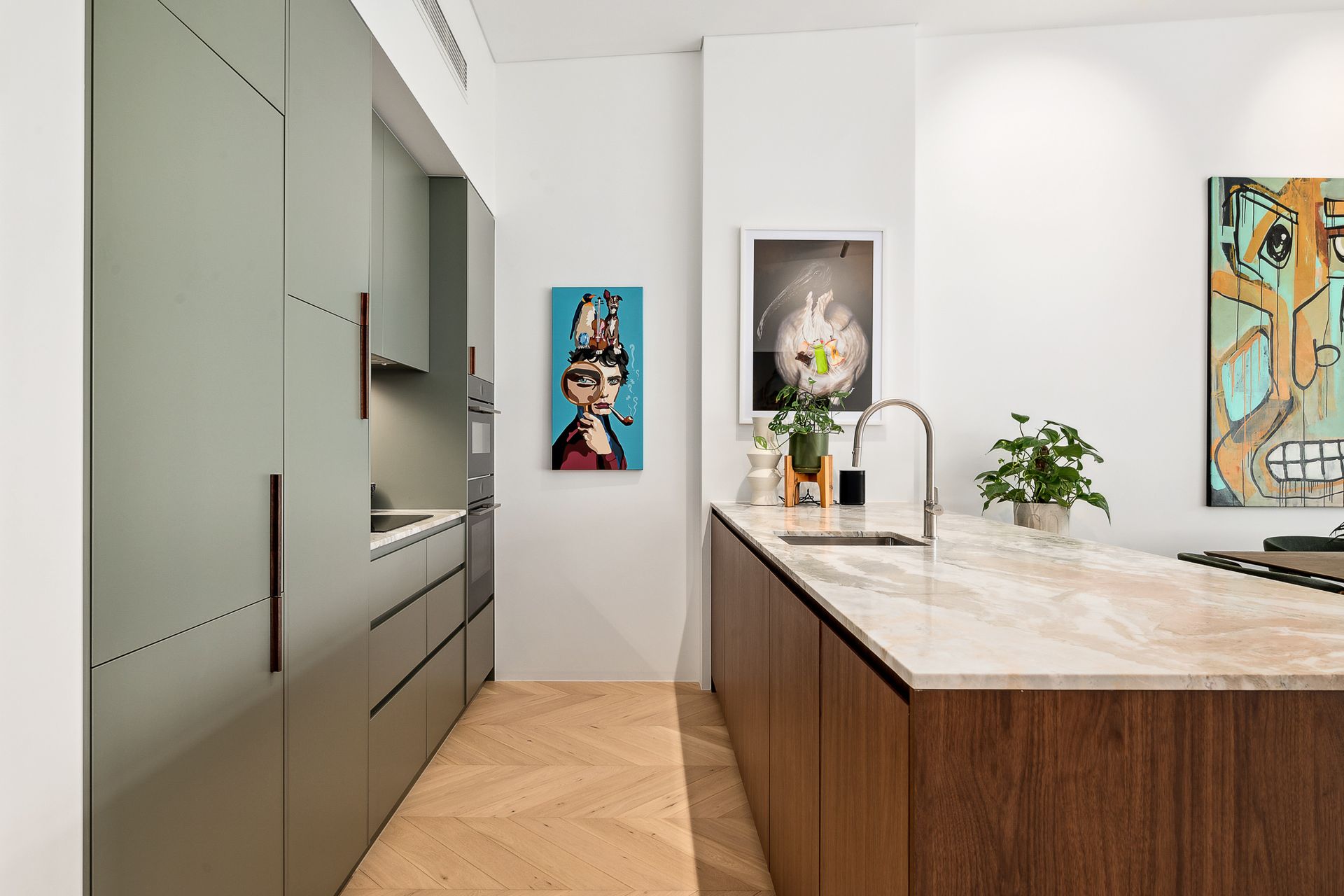The Importance of Proper Ventilation in Bathroom Renovations
The Importance of Proper Ventilation in Bathroom Renovations
When planning a bathroom renovation, it’s easy to focus on the aesthetics—choosing the perfect tiles, fittings, and layout. However, one of the most crucial yet often overlooked aspects of a successful bathroom renovation is proper ventilation. Ensuring that your bathroom is well-ventilated can significantly impact the longevity of the renovation, as well as the comfort and health of those using the space.
Here’s why ventilation should be a top priority and how Casey Constructions can help you get it right.
1. Prevents Moisture Build-Up
Bathrooms are naturally prone to moisture, and without adequate ventilation, this moisture can accumulate on surfaces, leading to mould and mildew growth. Over time, this can cause significant damage to your walls, ceiling, and even the structural integrity of your home. Proper ventilation helps to expel excess moisture, keeping your bathroom dry and reducing the risk of costly repairs in the future.
2. Improves Air Quality
Good ventilation is essential for maintaining healthy indoor air quality. Bathrooms can be breeding grounds for bacteria, mould, and unpleasant odours, especially if they are not adequately ventilated. By ensuring that your bathroom has sufficient airflow, you can remove these contaminants and keep the air fresh and clean. This is particularly important for households with allergies or respiratory conditions, where air quality is a top concern.
3. Protects Your Investment
A well-executed bathroom renovation is a significant investment, and proper ventilation helps to protect that investment. Without it, the materials used in your renovation—such as paint, grout, and wood—can deteriorate quickly due to constant exposure to moisture. This not only reduces the lifespan of your renovation but also diminishes the overall value of your home. By incorporating effective ventilation solutions, you ensure that your bathroom remains in top condition for years to come.
4. Enhances Comfort
A well-ventilated bathroom is simply more comfortable to use. Stepping into a bathroom that feels fresh and dry, rather than damp and humid, enhances the overall experience. Proper ventilation helps to quickly remove steam from showers and baths, reducing the time it takes for mirrors to clear and making the space more pleasant to be in.
How to Achieve Proper Bathroom Ventilation
Achieving effective ventilation in your bathroom doesn’t have to be complicated. Here are some key strategies to consider:
Install an Exhaust Fan: The most common and effective method for ventilating a bathroom is to install an exhaust fan. These fans are designed to pull moisture-laden air out of the bathroom and expel it outside. It’s important to choose a fan that’s appropriately sized for your space to ensure it can handle the moisture produced.
Consider a Window or Skylight: Natural ventilation is another effective way to keep your bathroom dry. If possible, including a window or skylight in your renovation plan can help to naturally ventilate the space by allowing fresh air in and moisture-laden air out. Just remember to open them regularly to maximise their effectiveness.
Ventilation Ducts: Properly installed ventilation ducts can help direct moisture and odours out of the bathroom and away from living spaces. Ensure these ducts are routed to the exterior of your home, not just into an attic or other enclosed area, to prevent moisture build-up in those spaces.
Regular Maintenance: Even the best ventilation systems require regular maintenance to function properly. Cleaning exhaust fans and checking for blockages in ducts ensures that your system remains efficient and effective over time.
Every Home is Unique
Every home is different, and so are the ventilation needs of each bathroom. Factors like the size of the bathroom, the number of people using it, and the climate you live in can all influence the best ventilation solution. At Casey Constructions, we work with you to assess your specific needs and design a ventilation system that’s tailored to your home. Our experience and expertise ensure that your bathroom renovation not only looks great but also functions perfectly.
Final Thoughts
Proper ventilation is a critical component of any bathroom renovation. It helps prevent moisture build-up, improves air quality, protects your investment, and enhances comfort. By focusing on ventilation as part of your renovation plan, you can ensure that your new bathroom remains a healthy, beautiful, and long-lasting space.
At Casey Constructions, we’re committed to helping you create the perfect bathroom. From design to installation, we guide you through every step of the renovation process, ensuring that all aspects, including ventilation, are expertly handled. Let’s work together to make your bathroom a space you’ll love for years to come.
